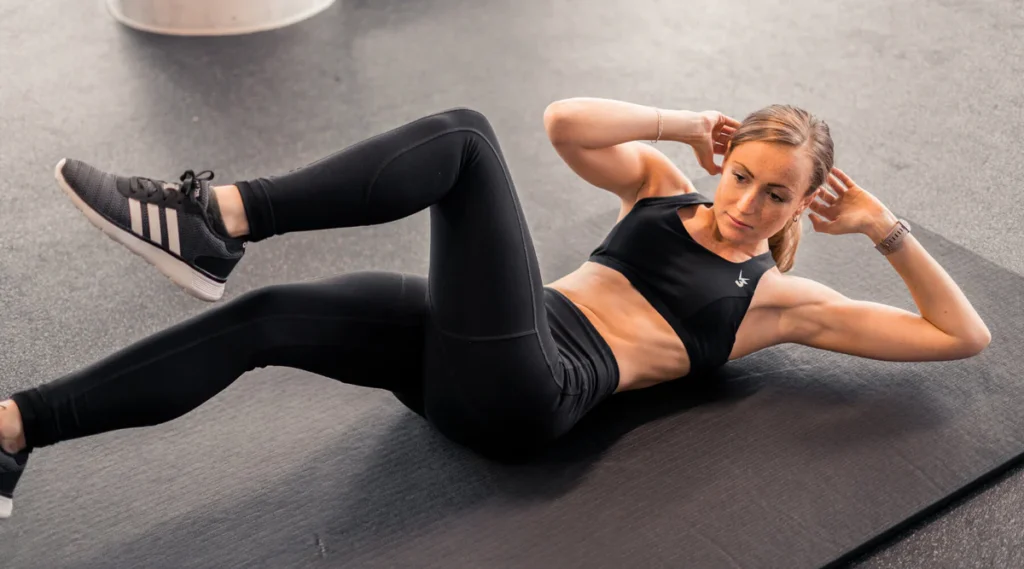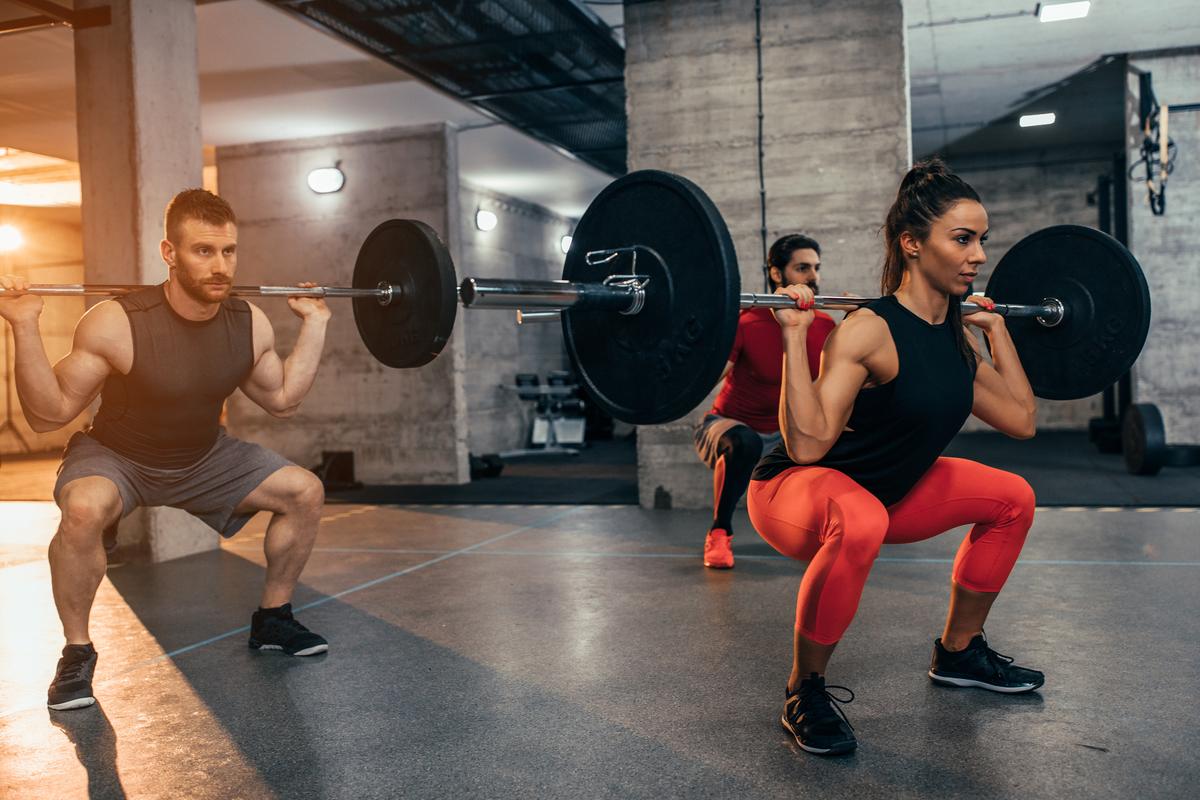Regularly exercising, ideally every day, is the most crucial option you can make for your well-being. In the short term, exercising can help manage appetite, improve mood, and enhance sleep. In the longer term, it lowers the chance of developing heart disease as well as dementia, stroke, diabetes, depression, and a variety of cancers.
Table of Contents
Why is exercise so important to the elderly?
If you’ve been active in your physical activity or never exercised often, now is the perfect time to begin your fitness and exercise regimen. Being fit and healthy is as crucial for senior citizens as for those younger.
What is the importance of exercise for older people? The ability to increase your heart rate and put your muscles to the test benefits almost every system of your body. It also enhances your mental and physical well-being in numerous ways. Physical exercise helps maintain healthy blood pressure, prevents the harmful plaque from growing in your arteries, decreases inflammation, increases your blood sugar level, builds bones, and aids in warding off depression. A regular exercise routine will make your sexual experience better, resulting in better sleep quality, lowering the risk of certain cancers, and leading to a longer lifespan.
Many seniors are reluctant to move due to their lack of knowledge about the different types of fitness and exercise that are safe and effective, and they don’t know what amount of exercise they should be doing. The benefit is that any type of movement is more beneficial than sitting around. There’s no harm in starting small and progressing to more intense exercise routines.
The goal should be to do no under 150 minutes of moderate intensity exercise per week; however, should you be unable to start at this point, you can gradually increase it (and after that, go over it). Although there are numerous specific forms of exercise and health for older adults, you must be active throughout the day, whether that’s walking up and down the stairs, doing gardening, or playing with your grandchildren.
In the case of fitness and fitness for seniors, a majority of them can begin without consulting a physician. However, there are some exceptions. If you suffer from a serious health issue such as diabetes or high blood pressure, lung or heart disease, osteoporosis, or neurological disorder, you should consult your physician first. Patients with mobility issues, like an inability to balance or arthritis, must seek advice from their physician.
What are the most effective types of exercise?
There are a myriad of kinds of exercises. Experts have classified physical activity into four broad kinds based on what each requires your body to perform and how it will benefit you.
Aerobic exercise is identified by an increase in heart rate. While many aerobic exercises require the movement of your entire body, the concentration is on your lungs and the heart (aerobic exercise is commonly referred to as “cardio” because it challenges and improves the cardiovascular system). Exercises like swimming, walking, or dancing at a moderate level can get you breathing more quickly and the heart pumping more efficiently. Aerobic exercise burns fat, boosts your mood, lessens inflammation, and helps lower blood sugar levels.
Strength training, also known as resistance training, is best done at least two or three times per week. Push-ups, squats, lunges, as well as exercises that are performed on machines for resistance or with bands or weights, can aid in maintaining and even building muscles and strength. Strength training also helps avoid injuries to bones, helps prevent falls and supple flexibility, reduces blood sugar levels, and helps improve balance.
Combine both isometric and isotonic workouts. Isometric exercises, like doing planks or lifting leg extensions, can be performed without moving. They are excellent for building strength and increasing stability. Isotonic exercises require you to be able to carry weight through a variety of movements. Bicep curls and bench presses as well and sit-ups are all examples of isotonic exercises.
Stretching exercises help keep your tendons and muscles flexible, preserving your posture and increasing mobility, particularly when you get older. You can stretch out daily.
Balance exercises draw on numerous systems that can help you keep your balance and stay centered, like your inner ear, vision and joints, and muscles. Yoga and Tai Chi are excellent balance exercises that will assist you in avoiding falling and remaining independent into your old age.
How can I get the amount of exercise I need?

How much exercise you need to be doing depends on a variety of aspects, such as your current fitness level as well as your fitness goals, the kinds of exercises you’re preparing to perform, and whether you’re suffering from problems in these areas, like as strength well as flexibility, or balance.
In general, the equivalent of 150 minutes in moderate-intensity aerobic activities (or 75 minutes vigorous workout) is a recommended minimum weekly requirement. As you get fitter, you’ll need to increase the recommended amount to get the most benefit. An effective way to divide the 150 minutes could be to perform an hour-long session of 30 minutes every week, five times, or break it down into two 15-minute sessions on one day. Choose whichever schedule best suits your life.
For strength training, aim to train all major muscle groups two to a week. This means making sure you have an interval between workouts of 48 hours for rest and recovery. If you are doing total-body exercises, it’s two times each week. If you opt to split your training sessions to focus on one specific muscle group (for instance, “leg day”), it will mean regular exercise. Make sure to leave at least 48 hours of rest prior to reworking the muscle you’re working.
If you’ve experienced issues with your balance, like dizziness, unsteadiness, or vertigo. Talk to an expert in health care to get recommendations on exercises that focus on balance. Do three half-hour exercises every week, in addition to an hour-long walk every week at least.
It is best to stretch once you’ve warmed up for a short time or after you’ve completed your exercise. When stretching every muscle group, do the stretch slowly and steadily, then release and repeat.
How many hours of exercise are enough? It is normal to experience a bit of muscle soreness following workouts at first, particularly at the beginning. However, if your body isn’t getting back to normal after workouts, you might be training too much. Be aware that older adults require more time to recover than younger individuals.
Other than “welcome” muscle soreness, the exercise routine will help you feel better. If not, you’re likely overdoing it. This doesn’t mean that you have to give up, but rather that you need to reduce in the amount or intensity of your training until you’ve reached the sweet spot at which you’ve exhausted your body but can go into your next session with a flurry of enthusiasm.
What are the advantages of exercising?
A properly designed exercise routine will benefit your body as well as your mind in a myriad of ways.
The positive effects of exercise on mental health are documented. For instance, one large study found that those who are overweight are 44% more likely to be depressed. Another study showed that those suffering from mild to moderate depression can achieve the same results as those who take antidepressants by working out for 90 minutes a week. The main reason is the release of brain-related chemicals like serotonin and dopamine that help improve mood and fight stress.
We’re all aware of the capacity to improve the health of your cardiovascular system. However, how can exercise reduce blood pressure? It’s interesting to note that when you activate the circulatory system with aerobic exercise, you’re temporarily raising the pressure of your blood by forcing your system to perform more. However, once you’ve completed the exercise, your blood pressure decreases to a lower degree than it was before the time you began.
Many people view exercising as a crucial part of losing weight, and while diet is important, they’re right. But which exercise burns the most calories? Most aerobic workouts (cardio) are excellent for burning calories and reducing fat. Don’t underestimate the value of strength training, which can improve the ratio between lean muscle mass to fat (It’s also the best workout to build bone strength).
There isn’t a Holy Grail when it comes to a single weight-loss exercise. The most effective exercise for losing weight is one that you perform regularly. Anything that gets your heart rate up and keeps your body moving, all while enjoying yourself and remaining enthusiastic, is the workout that will aid in losing pounds.
What happens if my ability to exercise isn’t as strong?

Everybody can and should engage in exercises, regardless of their limitations. Experts have developed specific exercises specifically for seniors that are safe, low-impact, secure, and can be completed even while sitting when needed.
If you’re concerned about falling risk, balance exercises designed for seniors can be completed with the door frame or a chair. For instance, if you stand behind a chair, stand on its back and raise one leg up to the same height as your calf middle area of the other leg while contracting the abdominal muscles. As you get stronger, you could attempt holding the chair using only one hand before eventually letting go of the chair.
Even exercises to strengthen the core for older adults can be modified for those who have limited capabilities. For instance, a traditional plank involves keeping your body on the floor, with your forearms only and your toes touching the mat. The simpler variant allows you to place both knees onto the mat. Another option is to perform the plank while standing up and leaning towards the front. Then, you place your arms and elbows on the table, desk, or wall, rest them on your feet, and keep your back in a straight position.
There are numerous stretching exercises for seniors that fit people of various capabilities. If doing poses with your knees and hands is not an option, you could consider the full-body stretch, where you lie back on your back, then straighten your legs and stretch your hands along the floor, past your head. Certain stretching exercises can be done in a seated position, for example, neck stretches overhead and overhead.
Different types of exercises can be performed while sitting in a seated position. Some other exercises for seniors in a chair include Bicep curls (with elastic bands or dumbbells), overhead dumbbell presses, and shoulder blade squeezes. sit-to-stands, calf raises (chair squats), as well as knee extension.
What kind of exercises are most beneficial for the health of your heart?
The most effective exercise regimen will combine strength and aerobic training, as that’s the best method to strengthen the entire body, increase your endurance, and improve your health for the long term. However, if your primary focus is improving your heart health, it is recommended to concentrate on cardio exercises that cause your lungs and heart to be more efficient in delivering blood flow to the cells.
Although strength training can indeed provide advantages for cardiovascular health, cardio exercises excel in lowering blood pressure, maintaining the health of the internal walls of your arteries, and releasing enzymes that dissolve blood clots, as well as encouraging the development of new arteries that supply the heart.
Regular aerobic exercise reduces the chance of having Type 2 Diabetes. Although it isn’t typically considered an issue for the heart, however, a lower likelihood of developing diabetes can also reduce the chance of developing heart disease because high blood sugar can have an impact on blood vessels and nerves that regulate the heart. If you work out, you trigger the cells of your body to pull glucose (sugar) out of your blood.
They accomplish this by becoming more sensitive to insulin, which is the hormone essential to the metabolism of glucose. This means that your cells are insulin-sensitive for a long time after you’ve stopped exercising. Since obesity poses a serious risk factor for developing diabetes, doing exercises that help lose weight, particularly around your middle, can aid in keeping your diabetes under control.


